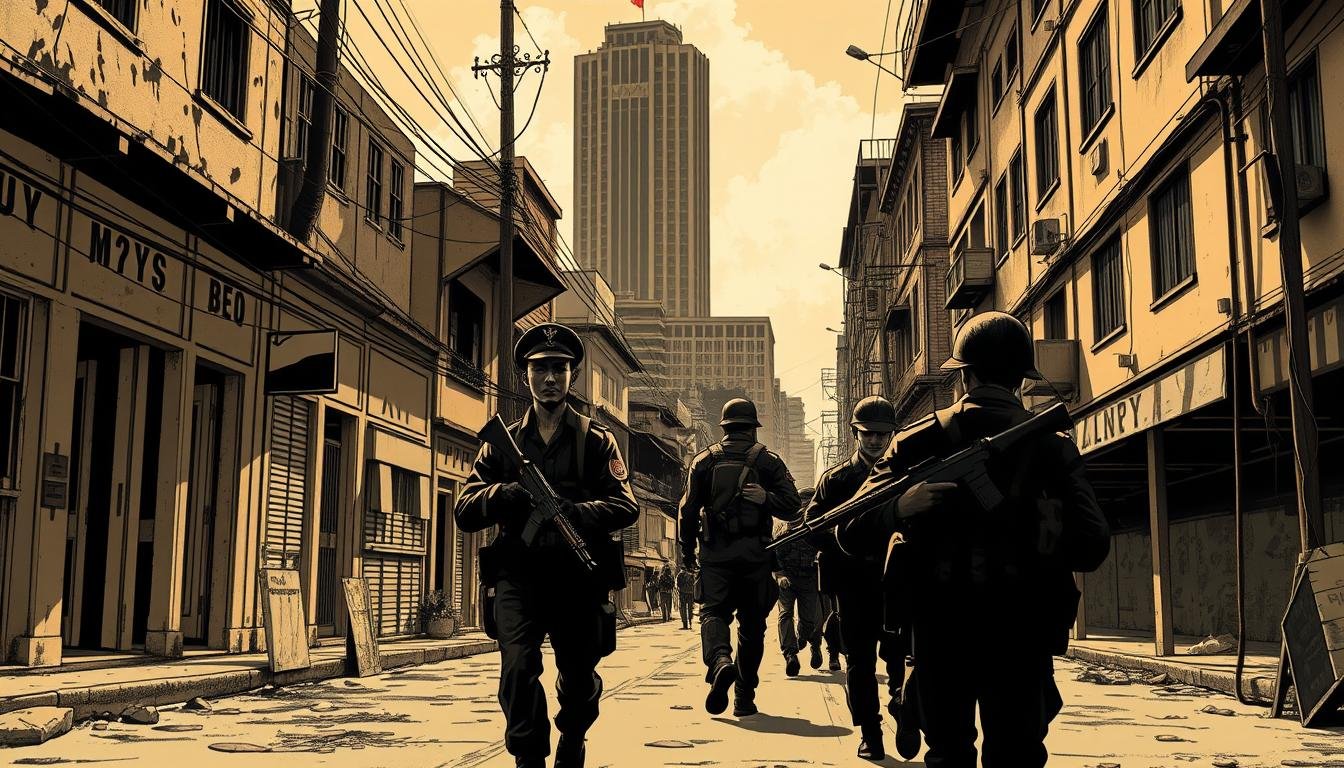The post-war period marked a transformative phase for Filipino cinema, emerging as a powerful cultural force. Defined as both an art form and an industry, cinema became a medium for storytelling and economic growth. This era saw the blending of global influences with local narratives, creating a unique cinematic identity. Technological advancements and economic shifts…
The Impact of Japanese Education Policies on Filipino Minds
Japanese education policies have left a lasting mark on the Filipino mindset. During the Japanese occupation, the Six Basic Principles were introduced to reshape the Philippine learning system. This shift emphasized practical skills, vocational training, and cultural integration, which continue to influence Filipino schools today. Learning in the Philippines evolved through formal, non-formal, and informal…
The Impact of Japanese Labor Policies on Filipino Workers
Japanese labor policies have significantly shaped the lives of Filipino workers, particularly in sectors like healthcare, construction, and hospitality. The Philippine-Japan Economic Partnership Agreement (PJEPA), signed in 2006, opened doors for thousands of Filipinos to work in Japan. This agreement not only improved trade relations but also created opportunities for skilled workers to contribute to…
The Development of Filipino Art Under Japanese Censorship
During the Japanese occupation of the Philippines from 1942 to 1945, the cultural landscape underwent significant transformation. Artistic expressions, deeply rooted in Filipino identity, faced strict censorship and control. This period marked a unique chapter in the history of the nation’s creative endeavors. Under Japanese rule, media and artistic works were closely monitored. Publications like…
The Development of Underground Communication Networks
Underground communication networks have played a pivotal role in shaping modern urban environments. In places like the Philippines, these systems have transformed how people connect and share information. From early telegraph lines to advanced fiber optics, the evolution of these networks reflects both technological and cultural progress. Historically, the exchange of messages between individuals has…
The Role of Filipino Spies and Informants
Espionage has long been a critical tool for safeguarding national security. Filipino spies and informants have played a pivotal role in shaping history, often operating in the shadows to gather vital intelligence. Their efforts have not only protected the Philippines but also influenced global events. Over time, espionage has evolved from simple information gathering to…
The Impact of Japanese Propaganda on Filipino Culture
During World War II, the Philippines experienced a significant cultural shift under Japanese occupation. One of the most powerful tools used during this time was propaganda, which played a crucial role in shaping public opinion and influencing Filipino society. This article explores how Japanese propaganda impacted Filipino culture and why understanding this history remains relevant…
The Impact of Japanese Military Rule on Filipino Cities
During World War II, the Japanese military rule in the Philippines left a lasting mark on Filipino cities. From 1942 to 1945, urban centers like Manila experienced significant changes in infrastructure, governance, and daily life. The occupation began shortly after the attack on Pearl Harbor, bringing with it a new political and social order. The…
The Role of Women in the Philippine Resistance Movement
The Philippine Resistance Movement stands as a testament to the strength and resilience of its people. Throughout history, women have played central roles in shaping this struggle. Their contributions have been vital in challenging oppression and advocating for rights and equality. From historical accounts to modern initiatives, the term “woman” encompasses diverse identities, including young…
The Development of Filipino Art Forms Under American Influence
The evolution of Filipino art forms reflects a rich tapestry of cultural exchange and historical transitions. Under American influence, the definition of art shifted from traditional crafts to more complex expressions of creativity. This period marked a significant turning point in the Philippines’ artistic journey. Native Filipino cultural expressions blended with colonial legacies, creating a…










